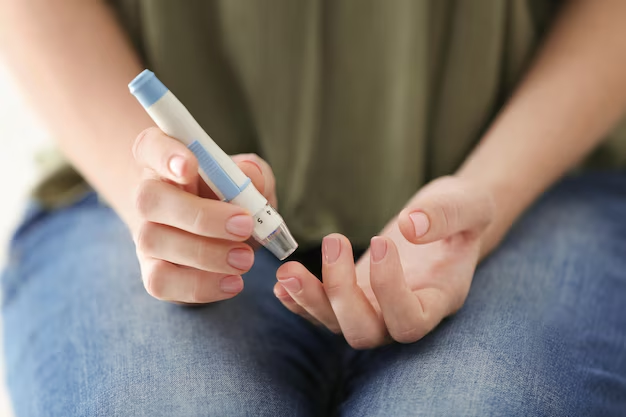Curious About Testing for Diabetes? Here's Your Guide
Understanding how to effectively test for diabetes is crucial for early detection and management of this common yet serious health condition. With millions of people affected worldwide, being informed about testing methods is the first step toward proactive health care. Whether you're just curious or suspecting symptoms, here’s everything you need to know about testing for diabetes.
Types of Diabetes Tests
Diabetes testing generally revolves around measuring blood glucose levels. The tests vary regarding their specific functions and are typically classified into the following categories:
1. Fasting Blood Sugar Test
This is one of the most common tests, often performed in the morning after an overnight fast. A blood sugar level of 126 mg/dL (milligrams per deciliter) or higher on two separate tests indicates diabetes.
2. A1C Test
Also known as the hemoglobin A1C or glycosylated hemoglobin test, this measures the average blood glucose level over the past two to three months. An A1C level of 6.5% or higher on two separate occasions indicates diabetes.
3. Glucose Tolerance Test
This test is more detailed and is typically employed to diagnose gestational diabetes during pregnancy. After fasting, you consume a sugary beverage, and your blood glucose levels are then tested at regular intervals. A blood sugar level of 200 mg/dL or higher two hours post-ingestion may suggest diabetes.
4. Random Blood Sugar Test
A quick and easy option, this test can be done at any time regardless of the last meal. A reading of 200 mg/dL or higher suggests diabetes, especially when coupled with symptoms like increased thirst or frequent urination.
Why Testing Matters
Early detection through testing can prevent serious complications like nerve damage, kidney issues, and eye problems. Understanding your blood sugar levels offers a gateway to making informed health decisions and seeking medical advice when necessary.
Exploring Resources Beyond Testing
Healthcare costs can be overwhelming, especially when dealing with diabetes, where medication and regular testing might be needed. Fortunately, there are numerous resources available to help ease the financial burden:
Government Aid Programs: Options such as the Supplemental Nutrition Assistance Program (SNAP) can assist with groceries, which is crucial when managing a diabetes-friendly diet.
Financial Assistance: Look into charities and non-profit organizations that offer financial relief for healthcare costs, including the cost of diabetes management tools and medication.
Debt Relief Options: Consider debt counseling services that specialize in medical costs to manage any debt incurred from medical expenses effectively.
Credit Card Solutions: Some credit cards offer healthcare financing options or cashback on medical purchases, which can be advantageous.
Educational Grants: If you're interested in learning about diabetes management or pursuing a healthcare education, there are scholarships and grants specifically geared toward health-related fields.
Testing for diabetes is a vital step in managing your health and ensuring early intervention. As you navigate this journey, remember that there are financial and educational resources ready to support you. Take control of your health today, and explore these options to ensure a healthier, less financially burdened future.
Quick Resource List for Financial Assistance 🎯
- SNAP Benefits 🛒: Supports grocery costs with emphasis on healthy nutrition.
- Bridging the Gap 🏥: Provides medication aid for those without adequate insurance.
- Medical Bill Reduction Services 💵: Aid in negotiating lower healthcare costs.
- Educational Scholarships 🎓: Provides funding for studies in healthcare and diabetes management.
- Prescriptions Discount Cards 💊: Offers reduced prices on diabetes medications.
By utilizing these resources, you can better manage both your health and finances, paving the way for a stress-less future.
